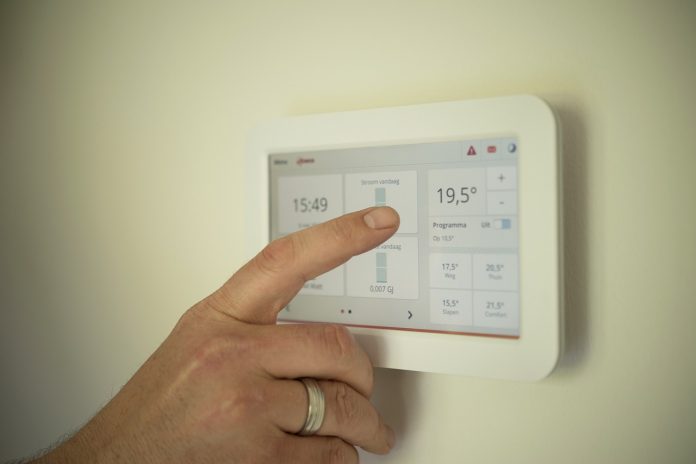Central heating pumps circulate hot water from the boiler through radiators to warm your home. After years of operation, these hardworking pumps can wear out and require replacement. Look out for these 5 signs indicating your central heating pump is due for a new one:
1. Increased Energy Bills
One major red flag is spikes in your energy or gas bills that can’t be explained by weather or usage changes. A worn pump forces your boiler to work harder to compensate for lack of circulation. This drives up fuel costs noticeably.
Tracking bills over time helps identify unusual jumps pointing to a struggling pump. A brand new, energy-efficient model ends up paying for itself through the utility savings it generates.
2. Radiators Fail to Get Hot
If radiators take longer to warm up or never quite reach a comfortable temperature, your circulation pump may not be providing adequate flow. Feel along the radiators – uniform heat across the units indicates proper water circulation.
Cool spots in some radiators or on the ends farther from the pump signal obstructed flow. This reduced heating capacity usually links back to a worn pump not pushing water forcefully enough through the pipes.
3. Knocking or Humming Noises
Listen for odd new sounds like knocking, humming or bubbling gurgles coming from the pump or piping around it. This acoustic evidence typically means damage like a stuck impeller causing the pump to work extra hard.
Noise usually intensifies when the pump first activates as it strains to get water moving through the system. Strange vibrations indicate component failure and risk of imminent breakdown.
4. Rust Coloured Water
If you notice rust-colored water dripping from the pressure release valve, it likely means corroded internal pump components are breaking down. Debris can also escape from a malfunctioning pump causing dirty water.
Catch this discoloration early before particles spread too far and clog your pipes and radiators. Any visible signs of damage or erosion mean the pump needs to be replaced.
5. Higher Electrical Load
A pump on its last legs may overload your electrical system. Measure running amps using a clamp meter, especially when the pump first turns on. Surging amp draw indicates the motor is laboring due to pump degradation.
Higher load also causes circuit breakers to trip more frequently. If the boiler, pump, and controls are on the same circuit, this further points to the pump struggling.
While pumps typically last 10-15 years, early replacement can avoid bigger system issues down the road. Schedule a service check immediately if you observe any of these common warning signs. Investing in a new pump brings energy savings and restored heating comfort.
One major red flag is spikes in your energy or gas bills that can’t be explained by weather or normal usage changes. A worn pump forces your boiler to run longer and work harder to compensate for lack of adequate water circulation. This inefficient operation drives up fuel costs noticeably.
Tracking bills over time helps identify unusual jumps pointing to a struggling pump. A brand new, energy-efficient model ends up paying for itself in the long run through the significant utility savings it generates.







